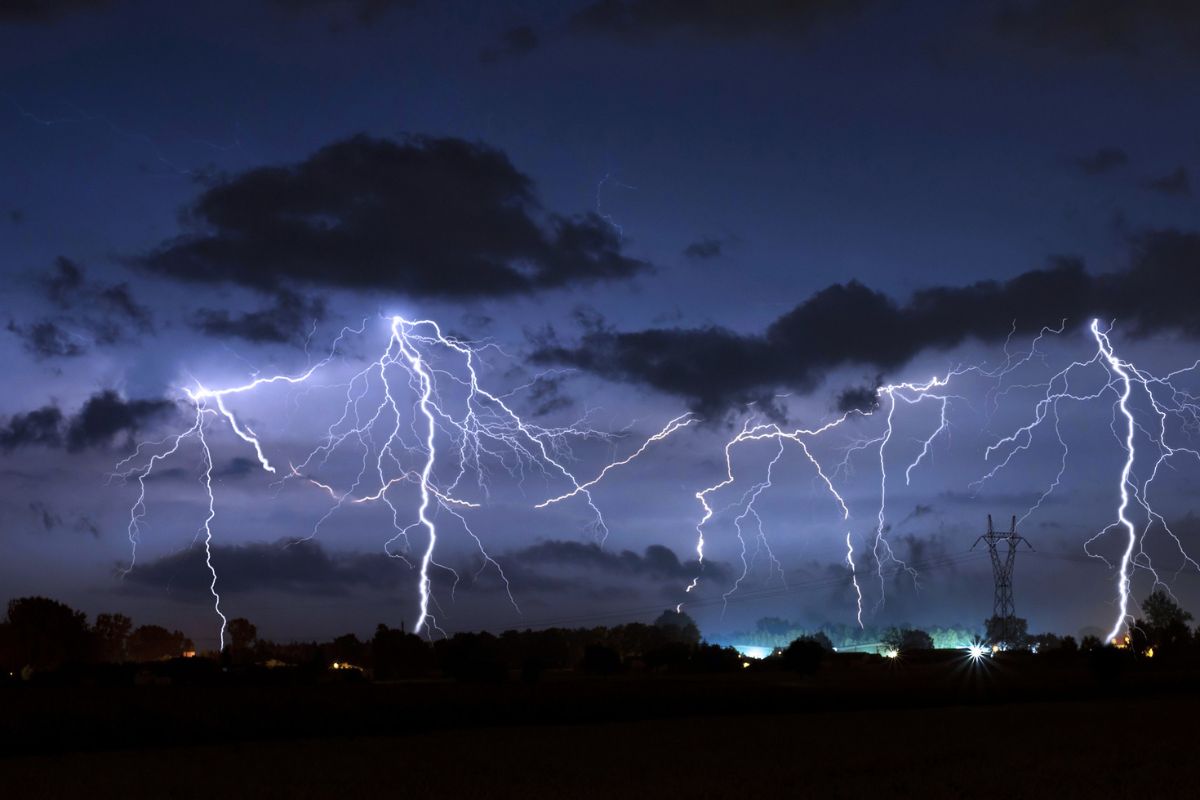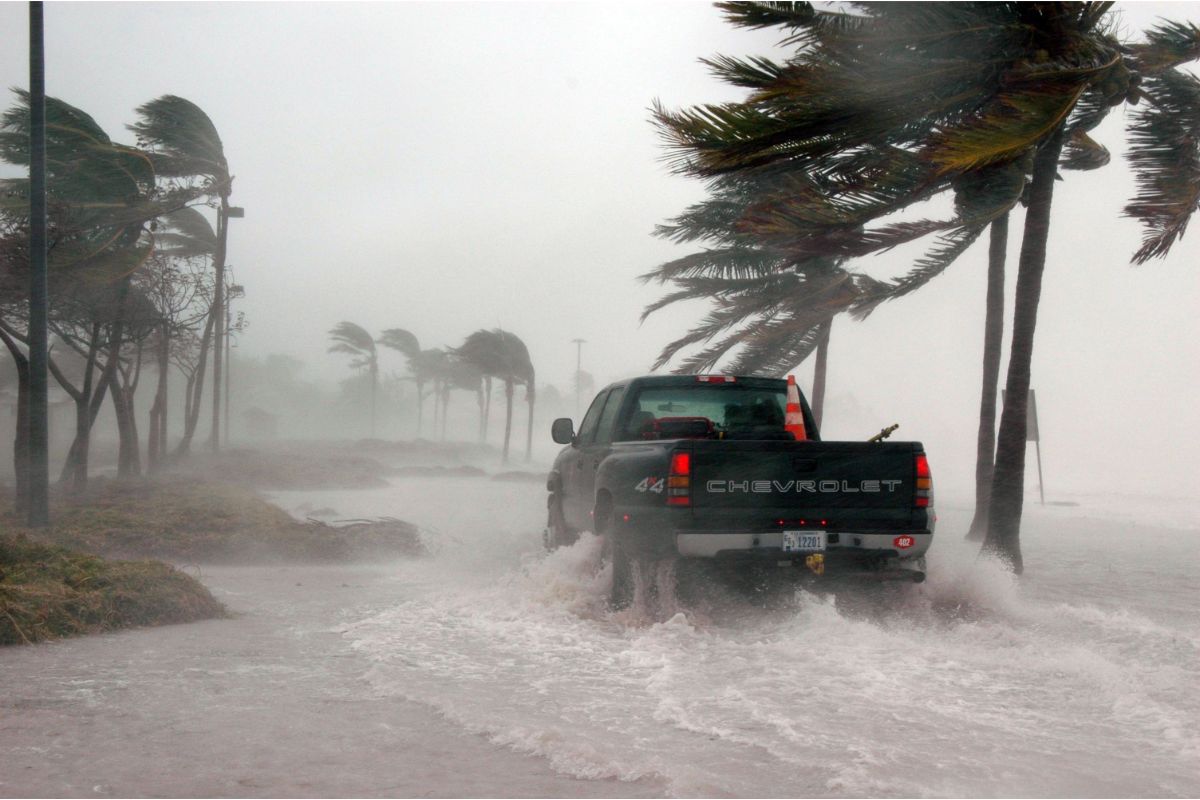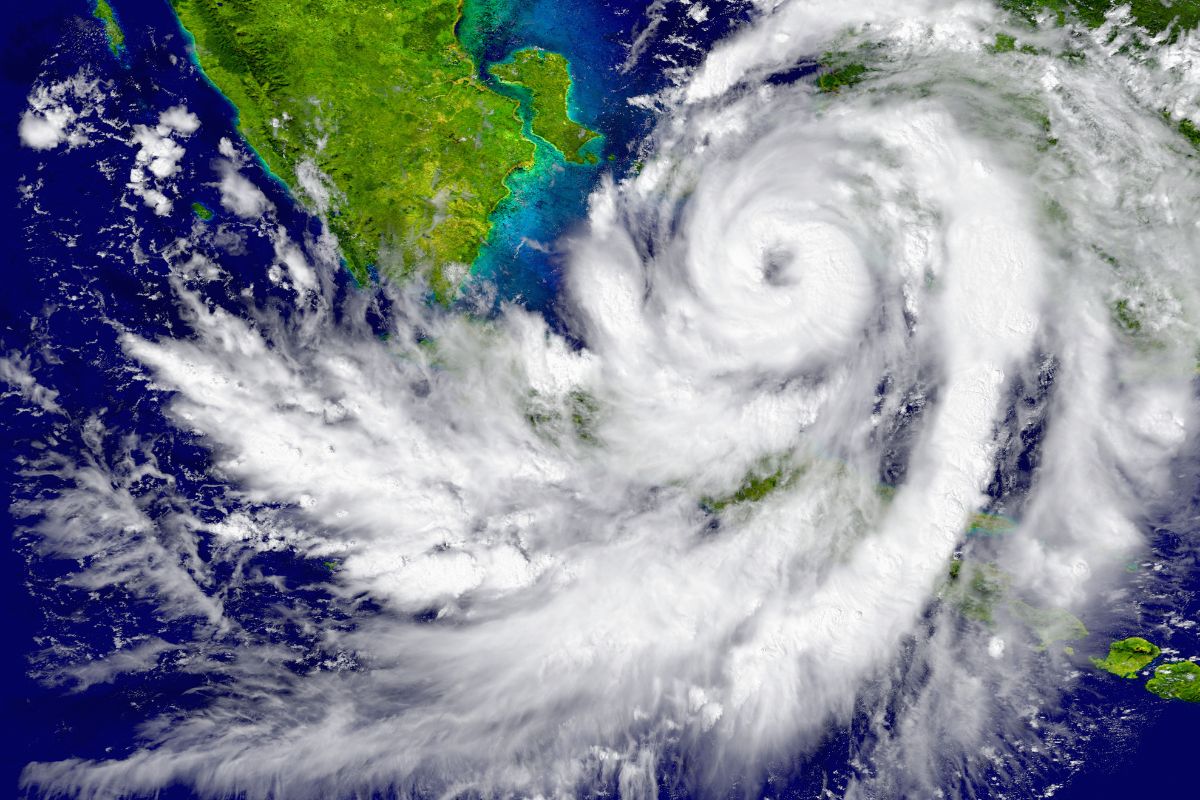Texas is a place known for its vast stretches of land, the independence of its people, and of course the absolutely volatile weather it experiences.
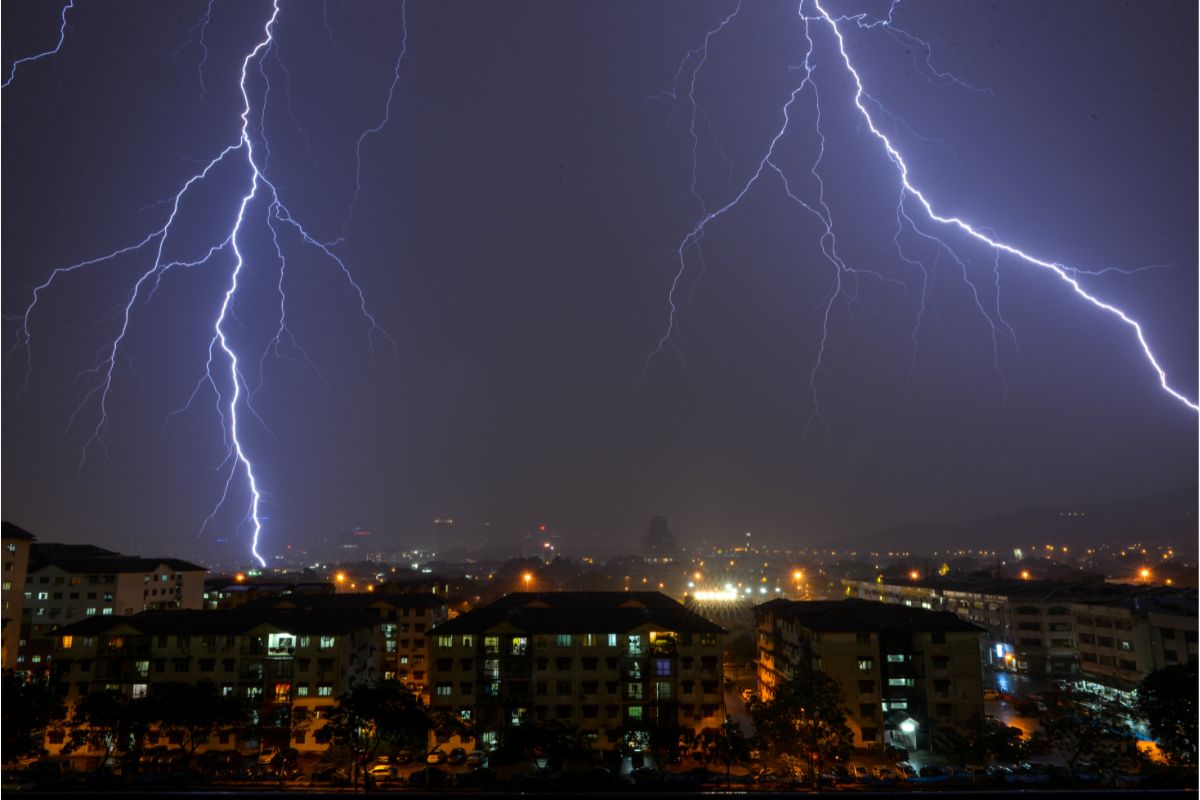
Due to the vast area it covers – being the second-largest state only to the absolutely enormous Alaska – it will experience multiple kinds of extreme weather events.
However, there is one weather event that worries a lot of Texans more than others. Thunderstorms.
These great storms appear along the coast and sweep inland, either causing absolute destruction or doing nothing at all.
The unpredictable and volatile nature of these storms are a nightmare for most people, especially for ranchers living in the countryside.
So, how can you prepare for thunderstorms in Texas? Is there anything you can do? In this article, we will explore what you can do to predict and prepare for the thunderstorm that might be rolling into your area.
Why Should I Prepare For Thunderstorms?
Thunderstorms are dangerous. The reason that thunderstorms are so deadly isn’t solely because there is a potential for you to be struck by lightning.
While this is certainly a major drawback of being caught in the middle of a thunderstorm, it is only one of a few things that could harm you.
Thunderstorms (Also check out What Is A T-Storm?) bring heavy rains and powerful winds as well as lightning, which means that when they appear at the end of the long, dry season – summer – there is going to be trouble.
At this time of year, the soil will be incredibly dry, and it will have a poor absorption rate of the water that is dumped upon it by the storm.
Since thunderstorms bring a huge amount of water, this will coalesce on top of the soil and begin traveling.
The more water that rains, the more it congregates, and the more it travels, creating a flood that will sweep away all in its path.
Thunderstorms also bring insanely powerful winds. These winds buffet people and objects that are in their path, and often those things are thrown into something else.
They damage structures and can cause tornadoes, which bring more destruction. Lightning is also a possible danger.
While you could be struck by lightning, this is quite rare, the actual danger of lightning is wildfire.
The dry season dries out the grasses on the plains of Texas, and all it takes is one spark – or lightning strike – on the ground to create a blazing inferno that consumes all in its path.
Preparation – Before The Storm
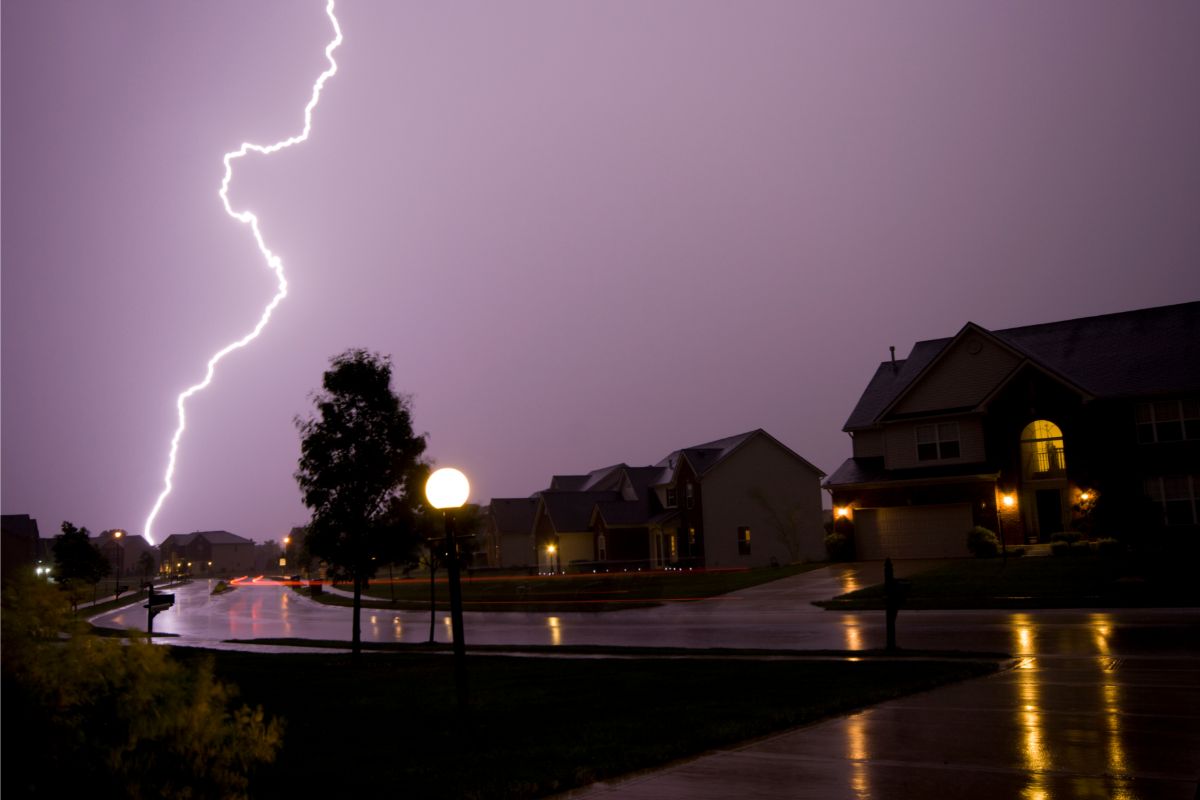
The very first thing you should do before storm season or a storm comes is to prepare an emergency survival kit.
This may seem extreme, but when the weather gets deadly everything could be swept away and – even if you survive – you may find that everything (stores, places of work, homes, etc.) is gone.
As such, you need to create a kit with things in it to survive for at least a few days until help arrives.
These should include non-perishable food, fresh sealed water, a first aid kit, extra clothes, personal hygiene items, batteries, a flashlight, a battery-powered radio, sleeping bags, a multi-tool, cash, personal documents, and a portable charger at the least.
You also want this kit to be portable, in case you have to flee your current location – ideally have a portable one and one for your home.
Next, you want to have a family and friends communication or emergency plan.
Storms – and natural disasters in general – are chaotic affairs, and people can disappear in the confusion.
Therefore, you need to create a plan to contact people or to be able to reach them, so you can check not only that they are okay, but whether they need help or whether they can help you.
Phones can be useful, but cellular towers and the internet will probably go down, so you want some long range walkie-talkies or a communicative radio.
Now, for your home and property. Remove any rotten or dead vegetation from near your property.
When the winds come, this could fall or be blown about and break something or injure someone.
Then, secure every object outside. Make sure that any object left outdoors cannot be blown away or knocked over for the same reason as the vegetation.
You may also want to move your car to a more secure location, but close enough to the home to leap in if necessary (for protection, not for driving in a thunderstorm).
If something happens to your home, then a car is a lot better protection than being outside.
Finally, when the thunderstorm approaches, get inside the house and shutter all the windows and secure all the outside doors.
If you don’t have shutters, close the blinds, curtains, or shades. Then, unplug all your electrical items, so if lightning does strike the house, the electrics aren’t fried.
During The Thunderstorm
When the storm hits, you need to abide by a few rules to keep you as safe as possible.
First, try to be in the center of your home. It is the most secure part of your home, and you are least likely to be hurt there.
You should also avoid any electrical outlet and any plumbing in your home. Power surges can occur and water conducts electricity, so get some water beforehand.
Keep a battery operated radio on you with the channel fixed to the NOAA weather channel for updates on the storm.
Lastly, keep to the 30/30 rule. When you see lightning, count to 30. If you hear thunder before you get to 30, then stay indoors for another 30 minutes and do it again.
When you hear thunder so shortly after the lightning, it means the storm is very close. If it is over the 30 count, then the storm is passing.
Conclusion
Thunderstorms are very scary and destructive events that, unfortunately, occur far too regularly.
However, if you are prepared, you can make it through the storm very easily and get on with your life until the next one crops up.
- How To Make A Quick And Easy DIY Toilet For Camping - September 19, 2022
- How To Use A Knife For Self Defense - September 19, 2022
- How To Help The Elderly Recover From A Disaster - September 19, 2022



